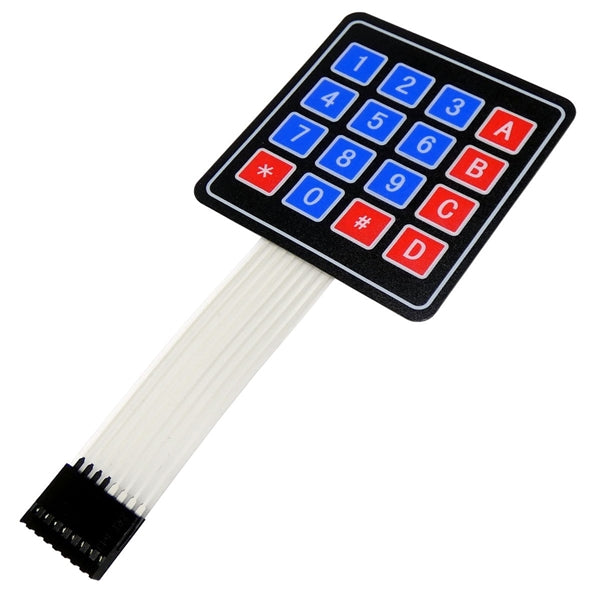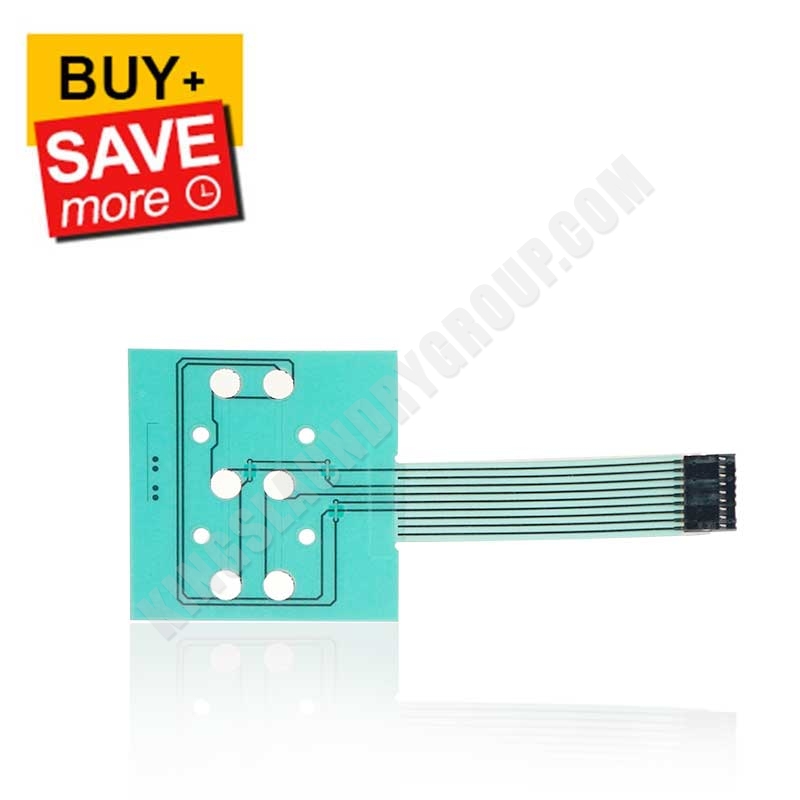Why Membrane Layer Switches Over Are Important for Sturdy Control Solution
Membrane switches play an essential duty in making sure the sturdiness and reliability of control systems across different industries. Their one-of-a-kind building and construction allows them to endure tough environmental aspects such as humidity, temperature level extremes, and physical wear. This strength not just expands the life-span of the systems they serve yet also reduces upkeep requirements. As we check out the multifaceted advantages of membrane buttons, it becomes apparent that their relevance transcends plain performance, affecting user experience and operational effectiveness. What additional effects do these characteristics hold for the future of control system layout?
Summary of Membrane Switches
Membrane layer buttons are functional and reliable components frequently made use of in various electronic control systems. These switches are composed of several layers, including a visuals overlay, a spacer layer, and a published circuit layer. The visuals overlay supplies both useful and aesthetic design, while the spacer layer makes certain that the switches are triggered just when pushed. The published circuit layer contains conductive traces that complete an electric circuit when the membrane is pressed, allowing the gadget to react to user inputs.
Membrane buttons are usually preferred in applications calling for a compact and lightweight layout, making them perfect for handheld devices, clinical tools, and industrial equipment. They can be tailored to satisfy certain individual needs and can include various functions such as backlighting, tactile feedback, and multiple shades. Furthermore, membrane switches are resistant to dirt, wetness, and pollutants, making them appropriate for environments where toughness is crucial.
Benefits of Resilience
In many applications, the resilience of membrane switches over offers significant benefits that boost their general efficiency and dependability. These switches are made to hold up against rough settings, making them suitable for usage in demanding conditions such as high moisture, extreme temperature levels, and exposure to chemicals. Their durable building helps to avoid damages from physical influence, guaranteeing resilient functionality and minimizing the requirement for frequent replacements.
In addition, membrane buttons are immune to deterioration, which is important in applications where regular communication occurs. This toughness translates to reduce upkeep costs, as organizations gain from reduced downtime and fewer service disruptions. Moreover, the encapsulated layout of membrane switches protects internal components from dirt and moisture ingress, additional adding to their life expectancy.
An additional benefit is their capacity to maintain consistent performance gradually. With a high resistance for mechanical anxiety, these switches preserve their tactile feedback and electric stability, making sure customer satisfaction. Ultimately, the durability of membrane switches not only enhances operational effectiveness however also fosters confidence in their integrity, making them a recommended selection for control systems across different sectors.
Applications in Different Industries
Resilient control systems employing membrane buttons discover extensive applications throughout a series of sectors, each gaining from the one-of-a-kind characteristics these buttons use. In the medical industry, membrane buttons are vital for tools such as patient displays and analysis tools, where integrity and ease of cleansing are critical. Their resistance to wetness and contaminants guarantees they keep functionality in clean and sterile atmospheres.
The automobile industry leverages membrane layer buttons for dashboard controls and infomercial systems, where they supply sleek, inconspicuous user interfaces that boost individual experience. These switches are additionally developed to withstand harsh conditions, including direct exposure to extreme temperatures and vibrations.
In commercial settings, membrane layer switches are typically made use of in equipment control board, offering responsive responses and resilience essential for high-usage applications. Their capacity to resist chemicals makes them ideal for manufacturing atmospheres where spills and impurities are constant.

Customer electronics, such as cooking area home appliances and push-button controls, additionally utilize membrane buttons for their convenience and cost-effectiveness. Overall, the flexibility and robust nature of membrane switches over make them essential throughout different sectors, making sure reliable procedure and long continue reading this life in control systems.
Design and Aesthetic Charm
While capability is extremely important, the layout and aesthetic allure of control systems furnished with membrane layer buttons play an essential function in user engagement and total experience (membrane switch). The visual style of these switches can substantially influence user understanding and interaction. A properly designed membrane layer switch boosts the attractiveness of the device, making it much more appealing to users and promoting a link in between the individual and the item
Membrane changes provide a wonderful bargain of adaptability in layout, enabling makers to tailor graphics, shades, and appearances to straighten with brand name identification and product appearances. Using vibrant shades and distinct patterns can draw attention, while responsive feedback can enhance the customer's interaction with the tool. In addition, the capability to integrate LED signs and backlighting into the membrane layer button design provides both useful and aesthetic advantages, improving visibility and functionality in various settings.

Enhancing User Experience

Additionally, membrane layer buttons can be tailored to integrate graphical user interfaces, improving use by providing details in a clear and intuitive way (membrane switch). This personalization can consist of symbols, tags, and color coding that guide customers via facility capabilities with convenience. Additionally, their versatility enables for assimilation in numerous settings, making certain regular efficiency whether in commercial machinery or customer electronic devices
The durability of membrane layer buttons also plays a crucial role in user experience. By withstanding rough problems and prolonged use, these switches decrease the probability look at these guys of system failings, therefore promoting integrity and user confidence. Inevitably, the critical use membrane layer switches not just raises functionality but likewise significantly improves user interaction with control systems, making them a crucial component in contemporary layout.
Final Thought

Comments on “How Membrane Switches Are Essential for Creating Space-Saving, Durable Interfaces”